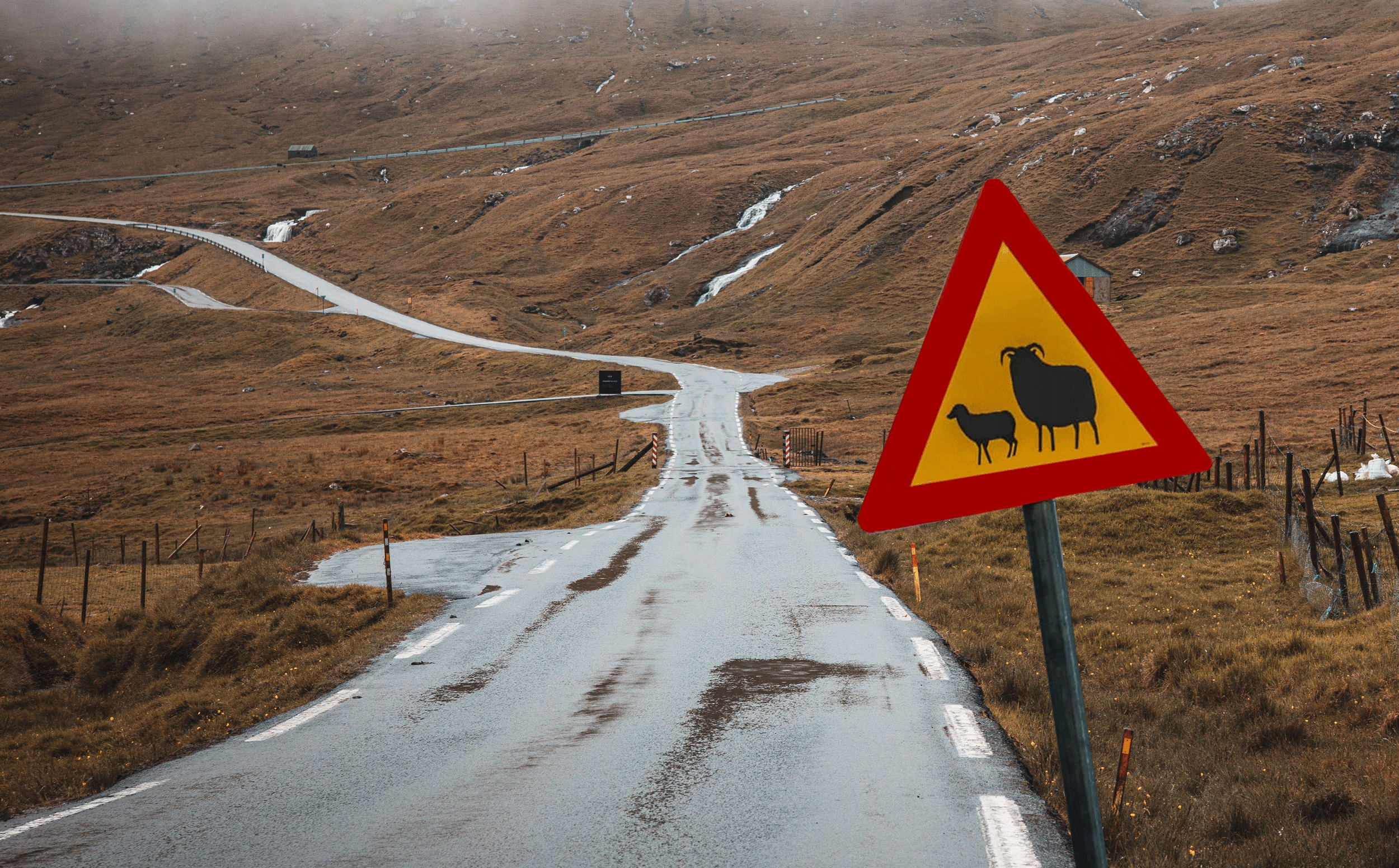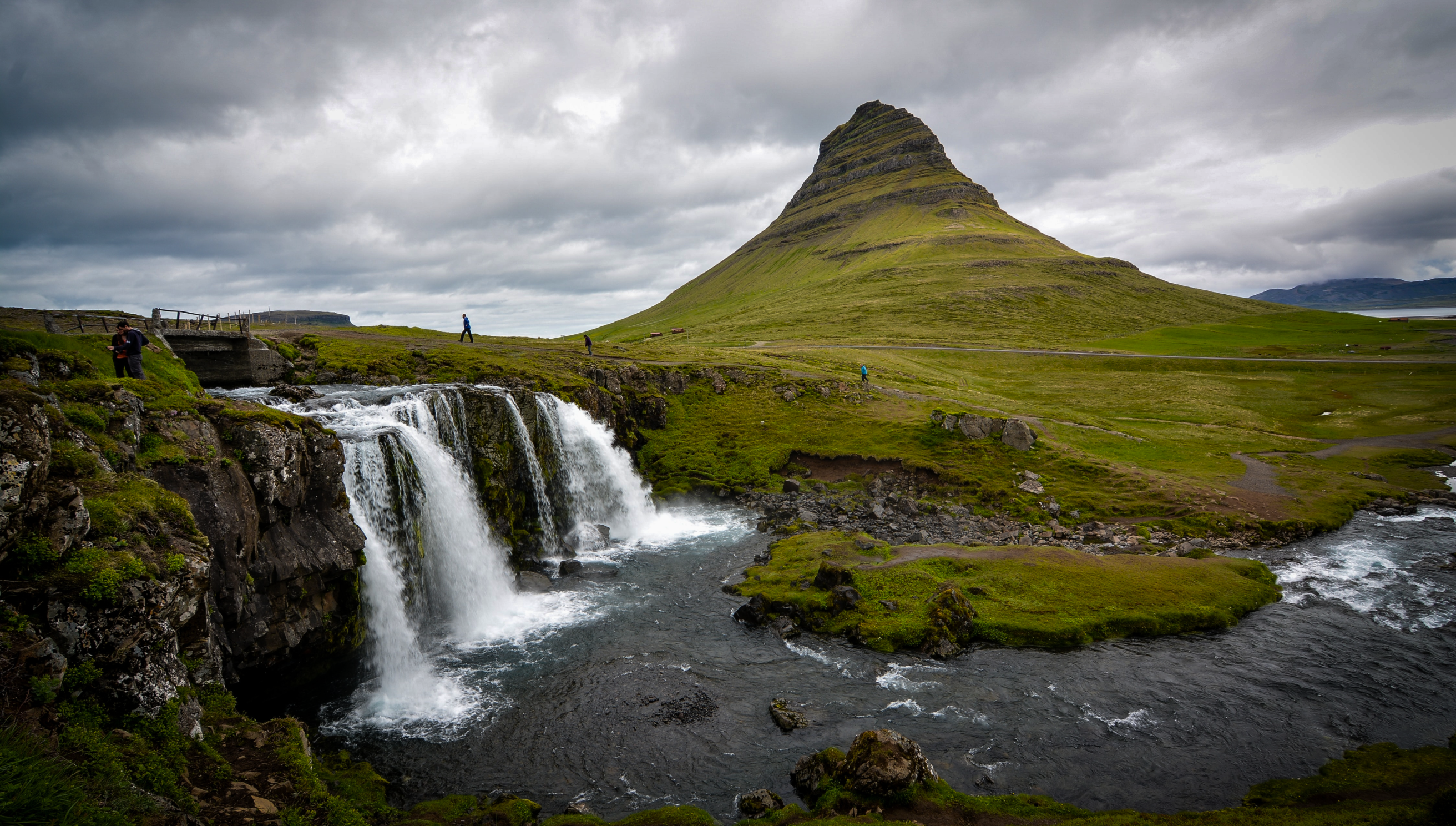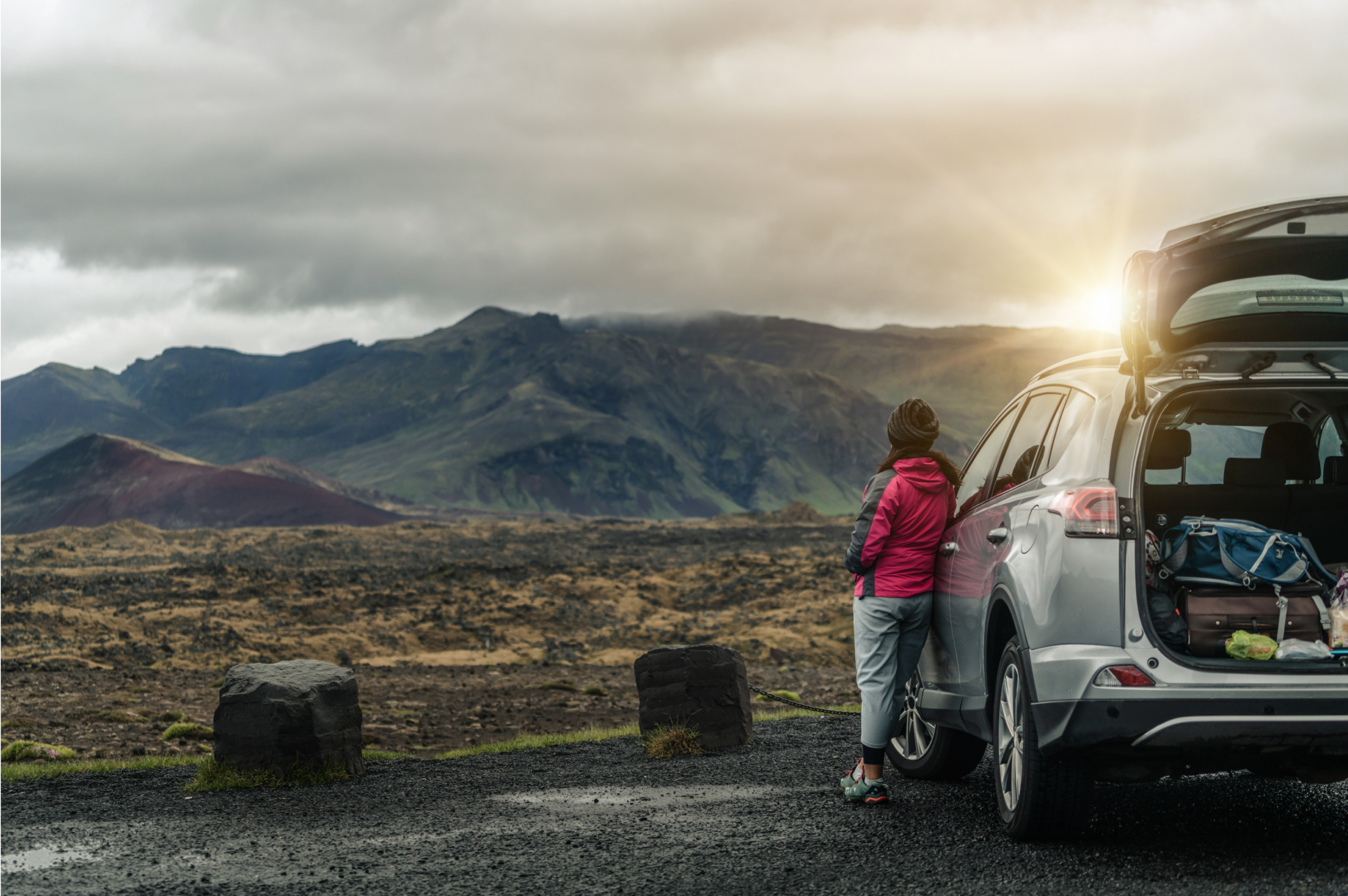Conditions in Iceland might be different from what you‘re used to. It is therefore very important to know how to drive in Iceland. The beautiful landscapes can easily draw the driver’s attention away from the road, or sheep could jump onto the road and in front of your car. In order to reach your destination safely, you must keep your full attention on driving.
- The speed limit in populated areas is typically set at 50 km/h.
- On thruways, the limit is often increased to 60 km/h.
- Residential areas usually have a limit of only 30 km/h.
- Gravel roads have a limit of 80 km/h.
- Paved roads allow for speeds of up to 90 km/h.
- It is important to pay attention to signs indicating if other speed limits apply.
- While Google Maps and other maps can be helpful in navigating, it is important to remember that they may not always accurately reflect closed or impassable roads. It is recommended to use caution and not rely solely on these tools.
When arriving in Iceland after a long flight, often very early in the morning, there are several things that make driving straight away a bad idea. Check out Nap&Go!
Top 12 tips
for driving in Iceland

Road signs
It’s important to know
the Icelandic road signs

Summer in Iceland
Summer driving in Iceland requires caution due to potential road hazards

